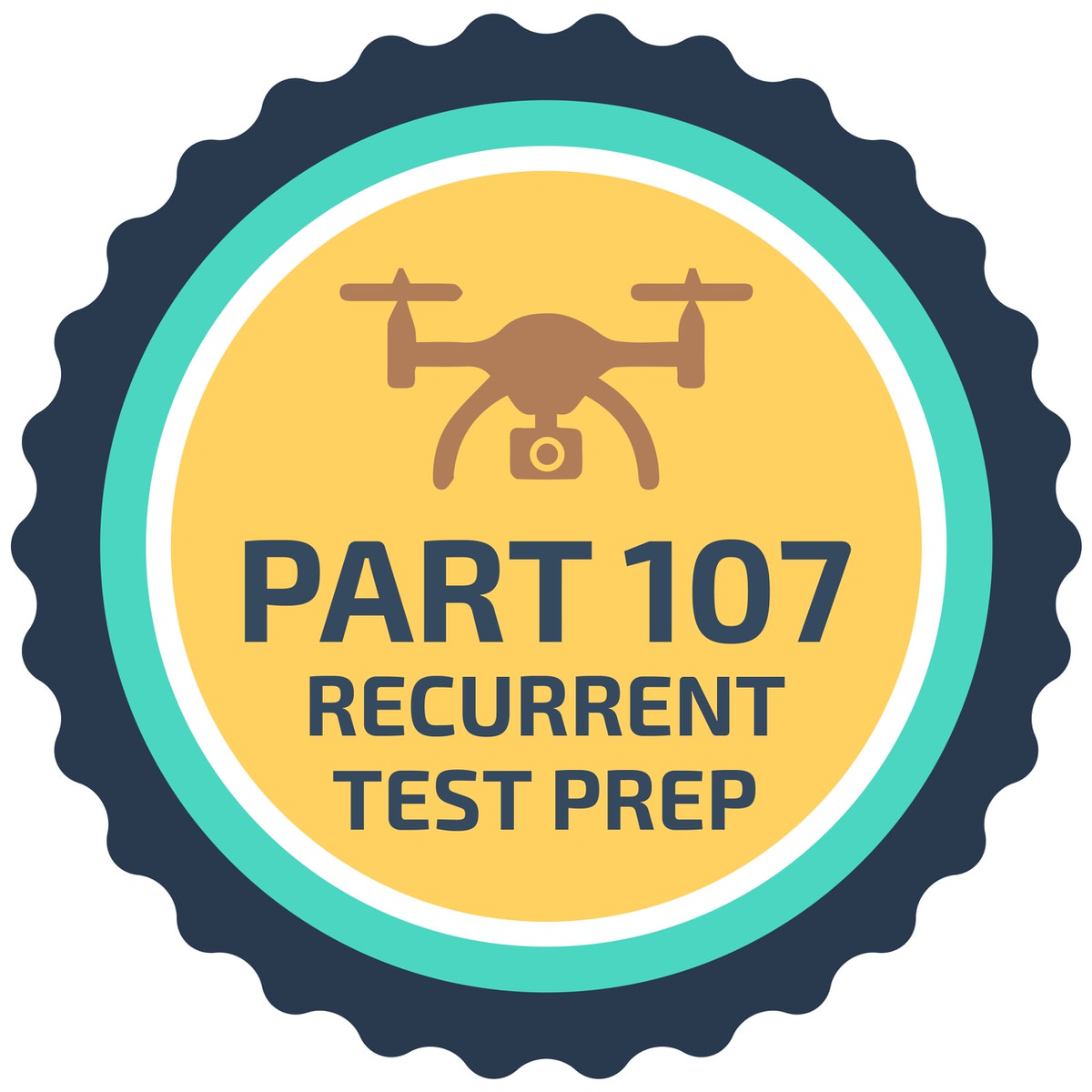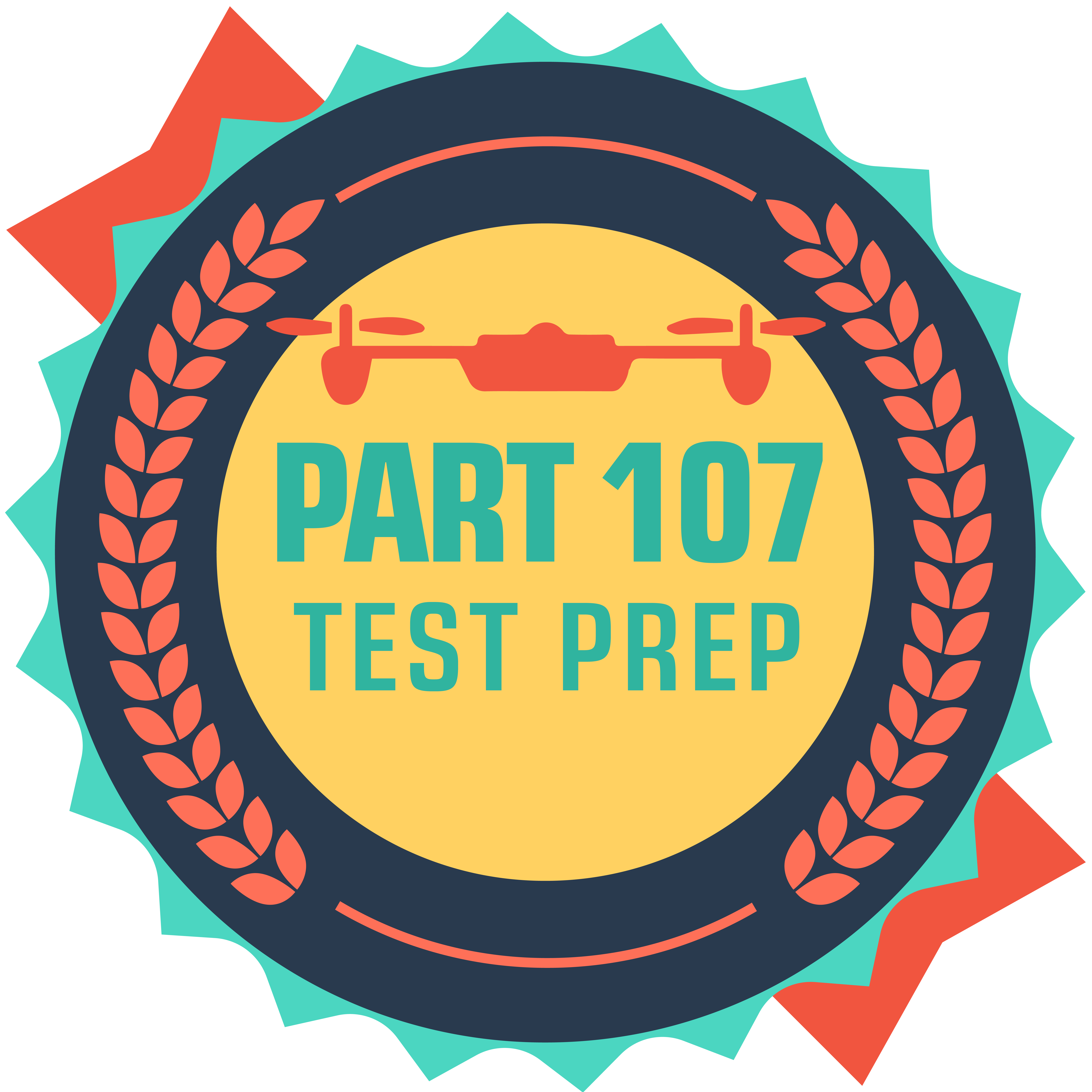
We've Moved!
Digitally, that is. If you haven't yet migrated your account to our Drone U 2.0 platform, come on over. We're super excited about the new platform and all the ways it improves your experience here at Drone U. Including the new Community App, a more user friendly course navigation and smart integrations of these tools.
So Click below based on your current membership and take care of a couple of very simple steps to join us over on Drone U 2.0. Once you've set up your 2.0 account, we'll make sure your membership get's updated at the same price and level.
If you notice a different rate than what you originally signed up for, don't worry. We'll make sure to adjust the pricing based on our records so that you continue to enjoy your subscription at the rate you initially chose.
We look forward to seeing you soon on the Drone U 2.0 platform.





































